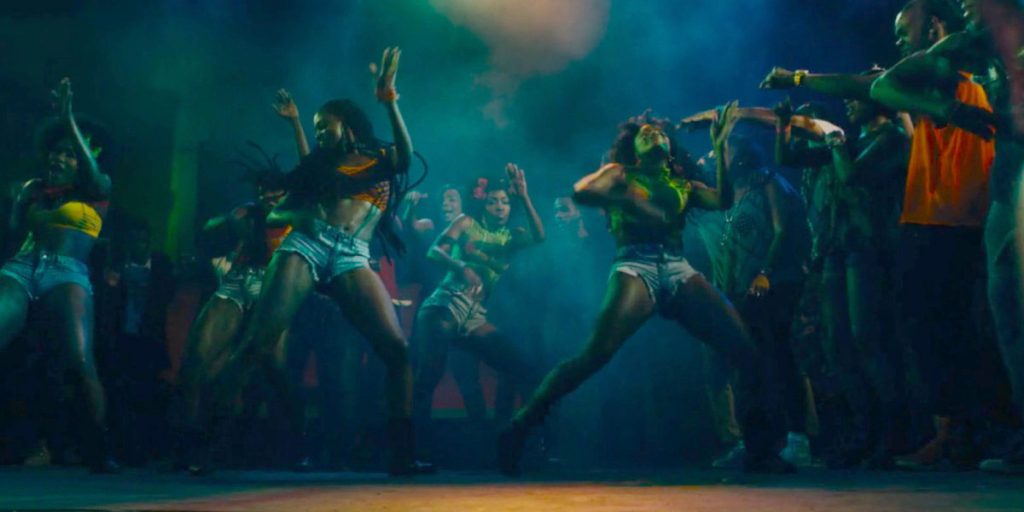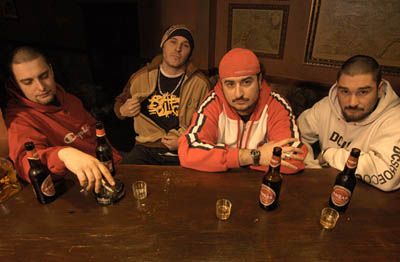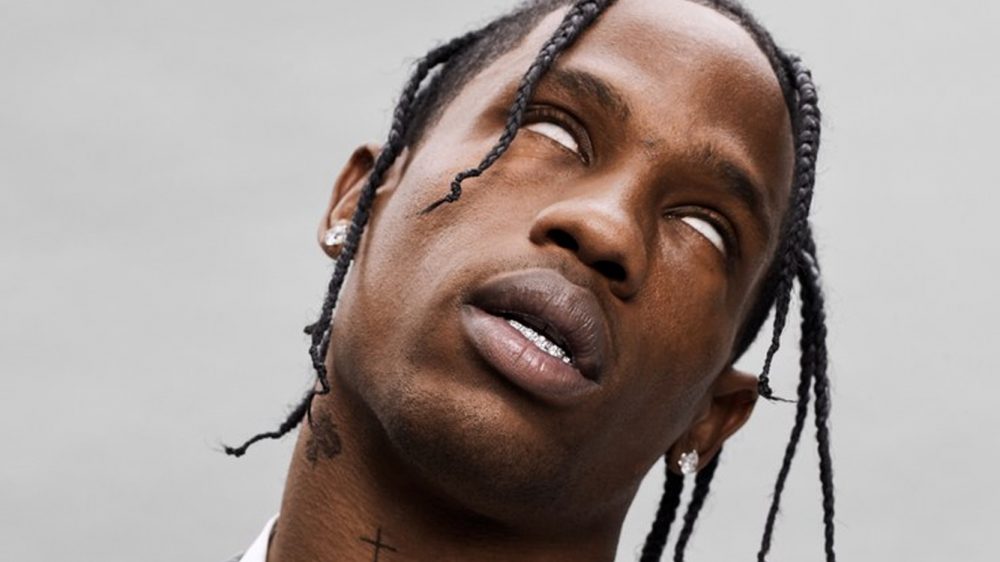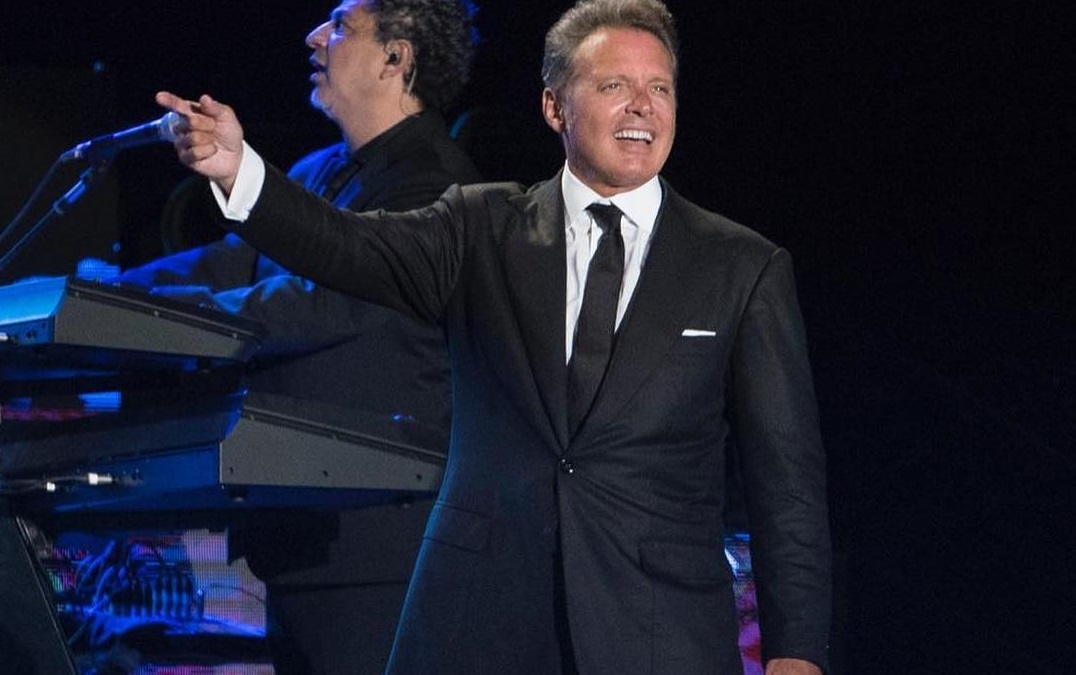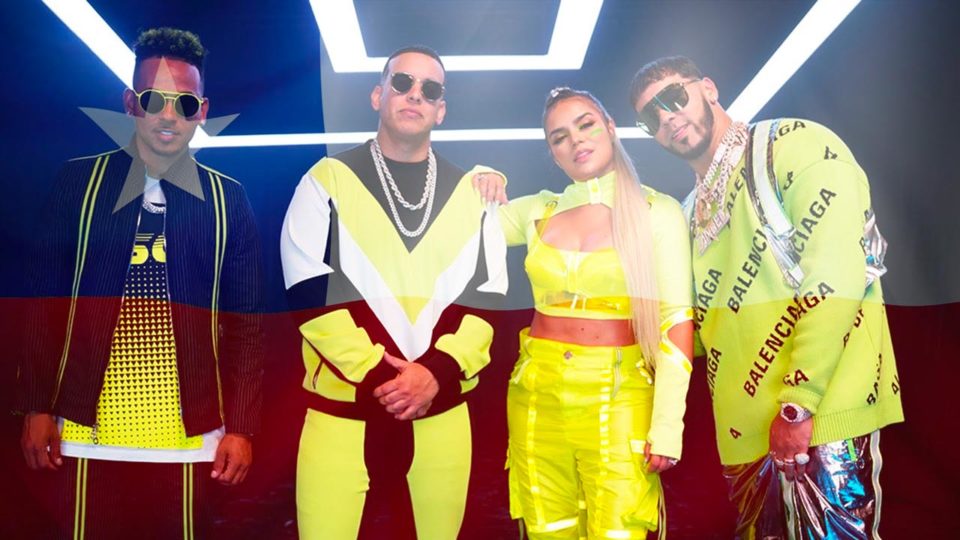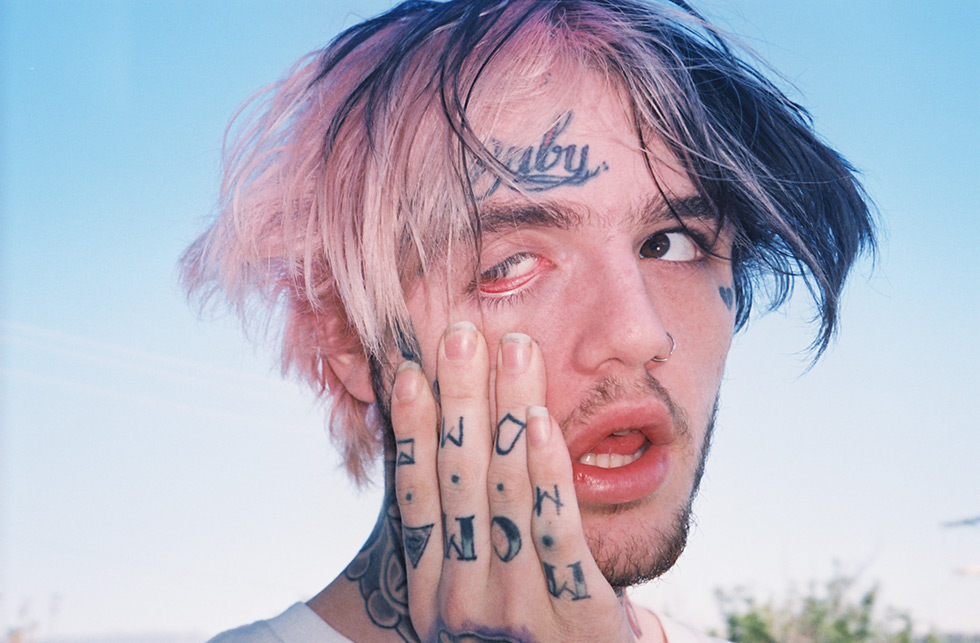A brief history of dancehall
This genre germinated in Jamaica during the 1970s, as a sign of the need to adapt the reggae genre to dance spaces, hence its name (literally meaning dance hall). Reggae itself was already primarily an adaptation of ska to slower rhythms, which is due to the influence of cannabis use and the Jah religion in Jamaica. Dancehall retains facets of the faith in Selassie I and the whole Rastafarian religion in the more original lyrics, but nowadays the themes of the more popular dancehall have shifted towards more trivial and lighthearted aspects, as I will discuss below.
My history within the genreero
I have always been passionate about dancehall, it is a genre with a spirit totally different from any other genre of urban music. Surely when you hear dancehall tracks, especially the classic Jamaican dancehall tracks, you too get flashes of partying, Caribbean, beach, disco, and why not say it, sex. That’s right, those are the most fundamental elements of mimesis within the genre.
We are very influenced by Caribbean music within Hispanic culture, since music such as dancehall has taken Latin America by storm, largely due to the geographical proximity of Latin countries to the Antilles. Here in Spain, the other part of dancehall is well known: African songs and rhythms, also due to its proximity to the neighbouring continent, although there is also African influence in both the Caribbean and Latin America due to the migrations that took place during various periods of Western history.
Dancehall is a perfect genre to define the nostalgia of early September, the stories of disco and friends, or simply the sea breeze on a day at the beach (although in case you are thinking of creating a more varied dancehall lyric, in the more classic themes there is room for other discourses such as migration, otherness, wars, slavery, homesickness…).
My influences and role in dancehall
For almost 10 years I have not stopped listening, enjoying and above all mentally dissecting Jamaican genres such as soka, afro beat, calypso, rude boy, reggae, ska… without a doubt, all this phase of analysis has influenced me to give a good punch to the percussions, a certain presence to the bass and a warm timbre to the synthetic sounds, leads and pads when I produce dancehall tracks and derivatives.
As influences in this field, I could talk about artists like Beenie Man, Bounty Killer, Gyptian, vybz kartel, Buju Banton, Popcaan… some of them like Banton are more classic and have tracks that are pure fast dembow type percussion, and others like beenie man are more modern.
Here you have a Banton track full of pure Flow and rhythm, probably one of the tracks that has influenced me the most in my life in this genre, mainly due to its simplicity, that in spite of having an apparently rudimentary and basic production, it manages to be very melodic, and I love it.
This Beenie track has also made an impression on my style, especially when it comes to understanding the main theme of genres such as the one we are discussing here today, or what I consider its first cousin, afro beat (which we will talk about another day). As I mentioned, the subject matter, and also the visual component of the video clips are mainly oriented towards partying, youth, disco, the beach, summer, sex and alcohol (these last two features often appear without subtlety or detours, and in fact they do so in a slightly hardcore way, probably because censorship in Jamaica is not as huge as in more mainstream Hispanic and Anglo-Saxon music).
Although it doesn’t come as far as that, I would like to recommend KES, a group that works the soka, also a Caribbean genre with a harmonic-melodic concept similar to dancehall. Their Afro-Caribbean songs, their rhythm and their positive energy will grab you. When it comes to thinking of relaxed melodies that transmit a good vibe in the songs I work on, I pay a lot of attention to their style.
Although the aforementioned are globally under-recognised authors, they are the true masters and pioneers of classic dancehall, and were on the Jamaican national best-seller lists before some of the more modern authors who have sometimes passed through the genre, such as Sean Paul, Bad Gyal or Ed Sheeran himself, although it is clearly very important to listen to the latter to bring the genre into the sound of today and give it a freshness that engages.
As an example of tracks on which I have based myself to produce some of the latest singles I have worked on, here is one by Bad Gyal, which I think is a beast of a production. The example of bad gyal is as interesting as it is arbitrary: she is a girl who makes dancehall, a music that in Spain is little less than alternative or little known (at least compared to the giants already imposed here such as EDM, reggaeton or trap), and she does it (especially in this track) from a totally marginal approach, with very little audiovisual care, and her lyrics are not very elaborate even for the very interesting lyrical simplicity that this type of genre requires, but nevertheless she has triumphed because of her charisma and her discourse of a modern, groundbreaking, sexualised diva without any complexes whatsoever. And of course, the bases that her producers work on for her are another of the most important keys to her success.
In short, I love dancehall above all because it is extremely melodic, powerful, and above all exotic, fresh, otherworldly, but with a perfect welding that links it to urban music.
Next week I will write a new blog for you, this time about trap, and explain why I consider it “the science of digital distortion”.
Remember that you can buy trap, rap, pop, dembow, r&b custom beats ! A la carte.
Here are some related blogs: See you soon!
